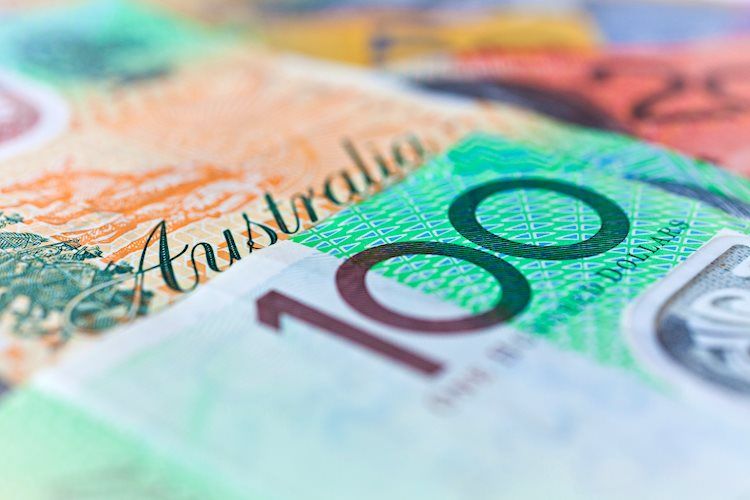
- AUD/USD turns lower for the third straight day and is pressured by a combination of factors.
- Strong follow-through USD buying and the risk-off mood act weigh on the risk-sensitive Aussie.
- The downside seems limited in the absence of US macro data and ahead of the RBA on Tuesday.
The AUD/USD pair struggles to preserve its modest intraday gains on Monday and attracts fresh sellers in the vicinity of mid-0.6900s. The pair turns back lower for the third successive day and retreats to the 0.6900 mark during the mid-European session, closer to over a two-week low touched earlier today.
The post-NFP strong US Dollar recovery from a nine-month low remains uninterrupted on the first day of a new week, which, in turn, is seen exerting some downward pressure on the AUD/USD pair. The upbeat US monthly employment details pointed to the underlying strength in the labor market and should allow the Fed to keep hiking interest rates. This, in turn, continues to push the US Treasury bond yields higher and underpins the greenback.
Apart from this, the prevalent risk-off environment is seen driving haven flows towards the buck and further weighs on the risk sentiment. Expectations that the US central bank will stick to its hawkish stance for longer, along with fears of worsening US-China relations, take its toll on the global risk sentiment. This is evident from a sea of red across the equity markets and forces investors to take refuge in safe-haven assets.
The downside for the AUD/USD pair remains limited, at least for the time being, as traders await the latest monetary policy update by the Reserve Bank of Australia (RBA). The central bank is scheduled to announce its decision during the Asian session on Tuesday and is expected to hike interest rates by 25 bps for the fourth time in a row. The bets were reaffirmed by the stronger domestic CPI, which rose to the highest level since 1990 in Q4.
Hence, it will be prudent to wait for strong follow-through selling before traders start positioning for an extension of the recent pullback from the highest level June 2022 touched last week. In the absence of any relevant market-moving economic releases from the US, the greenback remains at the mercy of the US bond yields. This, along with the broader risk sentiment, might produce short-term opportunities around the AUD/USD pair.